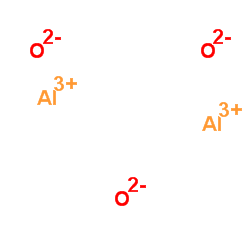| Structure | Name/CAS No. | Articles |
|---|---|---|
 |
Lithium fluoride
CAS:7789-24-4 |
|
 |
Aluminum oxide
CAS:1344-28-1 |
|
 |
Cerium standard
CAS:7440-45-1 |
|
 |
Lithium-6Li fluoride
CAS:14885-65-5 |